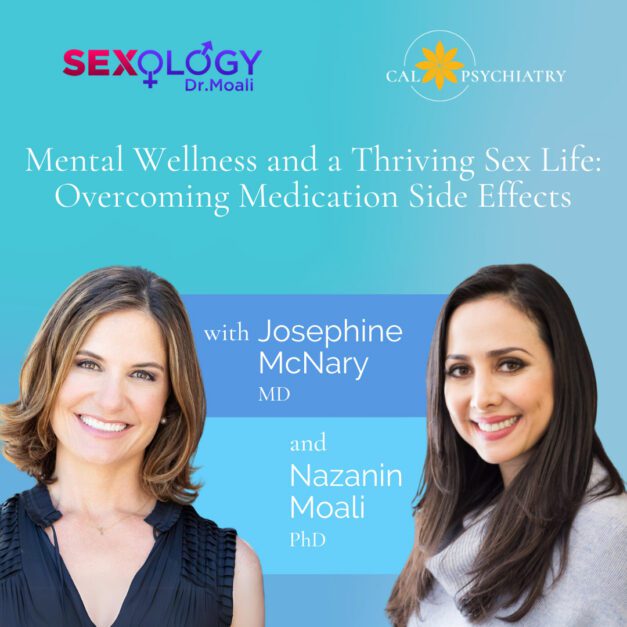Science is now showing the clear benefit of music on mental health. As little as 15 minutes per day of “arts engagement” improved people’s overall well-being, and several studies show it can be linked to lower levels of anxiety and depression.
You know the feeling. That song comes on that reminds you of a high school dance, or the Mozart concerto that soothes you as you are studying for that big exam. Music is deeply powerful; it taps into our memories and speaks to our soul. We feel better after jamming out to our favorite song, and now the science of music is proving this to be true on a neurobiological level.
We are now learning that the effects of music on the brain itself are myriad. Sarah Lock, the executive director of the Global Council on Brain Health and the senior vice president for policy at AARP states, “I don’t think that there is anything besides music that engages so many multiple parts of the brain and helps them work together.” In fact, scientists call listening to music the equivalent of a “full body workout” for the brain. Even more fascinating is that researchers in a French lab have been able to objectively capture what happens to the brain when a person “gets the chills” from a hearing song. They used what is called an EEG (electroencephalograph) which studies brain waves and can help pinpoint them to certain regions of the brain. The results showed that music does localize to certain brain structures. Regions involved in memory (such as the hippocampus) are stimulated when we recall a song and eventually multiple signals get integrated to the frontal cortex, tying music to our emotions and mood. We also know that music triggers the release of endorphins and dopamine (“the feel good” neurotransmitter) and lowers cortisol (the stress release hormone).
So we know that music does affect our brain in a positive way, but how much of it do we need and is there an exact type of artistic engagement that produces the desired effects? Scientists out of Western Australia showed in a survey conducted between 2011-2012 that “the minimum amount of arts engagement that can help nudge anyone toward improved well-being” was about 15 minutes per day! People who did this scored two points higher on the Warwick-Edinburgh Mental Well-being Scale than those with less engagement in the arts. And like this survey shows, it was engagement in the arts—not just music. So, for people who like to draw, DRAW! If you like to paint, PAINT! The arts in general have shown a positive effect on people’s well-being, and this was not just limited to the musical medium. Music and the arts shouldn’t take the place of traditional mental health treatment, but the results are clear: engagement in the arts can be a great supplement for people with mental disorders.
At CalPsychiatry, we pride ourselves in helping patients seek wellness in whatever ways work best for them. If music and the arts are a part of this treatment plan, we look forward to collaborating with you. Our physicians are able to meet with outside therapists (including music and/or art therapists) and can discuss music and art as part of “whole person” care for you and your loved ones. Mental and emotional health are not one size fits all, and we know that at CalPsychiatry. Book a free consultation with one of our physicians, today.





